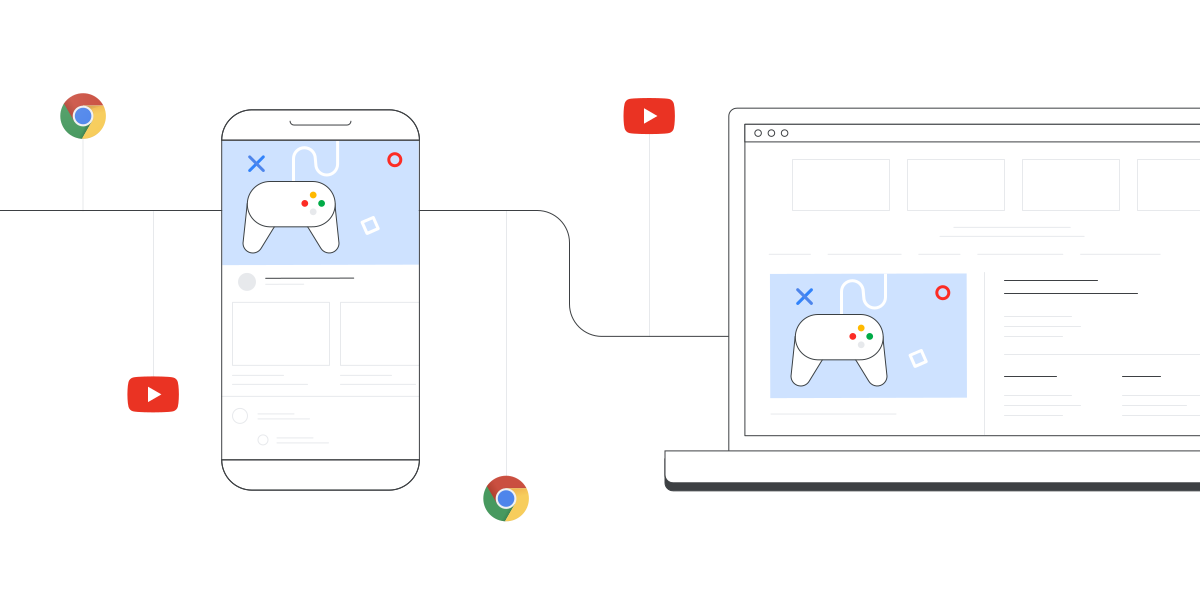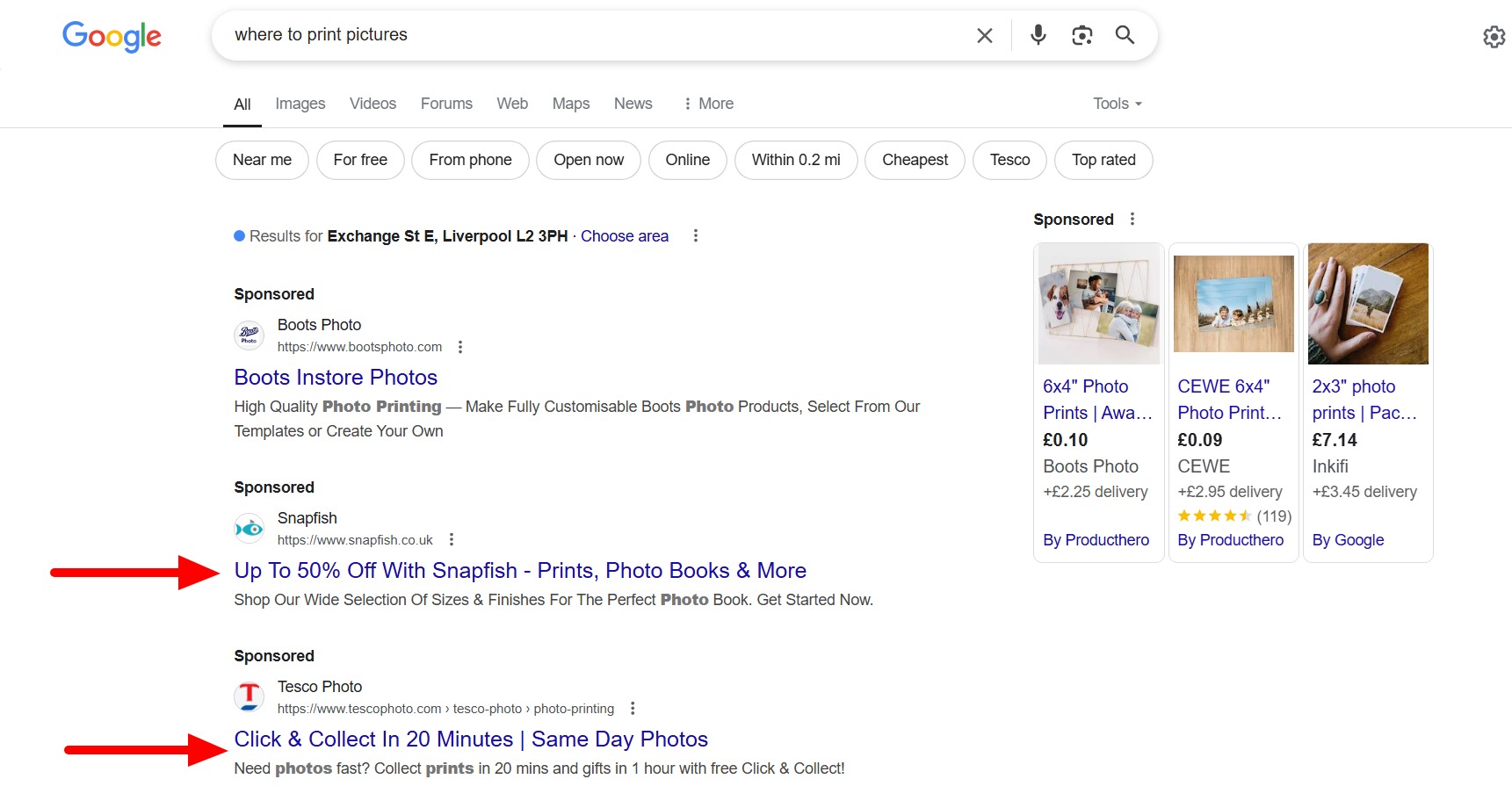Pay-per-click advertising can be a powerful tactic for driving targeted traffic to your website, but it’s also surprisingly easy to make costly mistakes that drain your budget without delivering results. As someone who’s managed countless PPC campaigns and advised leading PPC services in the UK, I’ve seen businesses repeatedly fall into the same traps. Let’s have a look at the most common PPC mistakes and how you can avoid them.
One of the biggest mistakes advertisers make is treating PPC as a “set it and forget it” solution. They launch campaigns and then never look at them again, expecting the results to roll in automatically. PPC platforms like Google Ads and Facebook Ads are dynamic environments that require regular monitoring and optimization. Markets shift, competitors adjust their strategies, and algorithms evolve. Without ongoing management, your once-optimized campaign can quickly become inefficient. Solution: Schedule weekly check-ins to review performance metrics and make necessary adjustments. Set up automated alerts for significant changes in key metrics like cost-per-click or conversion rates. Many advertisers focus solely on keywords without considering the search intent behind them. Not all searches indicate a readiness to buy, and misalignment between ad content and search intent leads to wasted clicks and poor conversion rates. For example, someone searching “how to fix a leaky faucet” likely wants DIY information, not a plumber’s services. If you’re a plumbing company bidding on this keyword, you might get clicks that never convert. Solution: Group your keywords by intent (informational, navigational, commercial, transactional) and align your ad copy and landing pages accordingly. Use negative keywords liberally to filter out irrelevant searches. I’ve seen countless advertisers spend significant money on well-crafted PPC ads only to send visitors to a generic homepage or irrelevant landing pages. This creates a disconnected user experience and almost guarantees lost conversions. Solution: Create dedicated landing pages for each campaign or ad group that maintain message consistency with your ads. Ensure these pages load quickly, are mobile-friendly, and have clear calls to action. Many PPC campaigns fail due to poorly researched keyword strategies. Common mistakes include: Solution: Conduct thorough keyword research using tools like Google Keyword Planner, SEMrush, or Ahrefs. Use a mix of match types, prioritize high-intent keywords, and regularly review search term reports to refine your strategy. Overlooking negative keywords is like leaving your back door open while trying to keep your house secure. Without proper negative keywords, your ads will show for irrelevant searches, wasting your budget on clicks that won’t convert. Solution: Review your search term reports regularly to identify irrelevant queries triggering your ads. Add these as negative keywords at the appropriate level (campaign or ad group). Develop a shared negative keyword list for terms that never apply to your business. Surprisingly, many advertisers don’t set up proper conversion tracking. Without tracking, you’re essentially operating blind, unable to determine which keywords, ads, or campaigns are generating results. Solution: Implement conversion tracking across all platforms you advertise on. Tracking meaningful actions beyond just form submissions, phone calls, chat initiations, and product page visits can provide valuable insights into customer behavior. Ad extensions are free real estate in search results that many advertisers overlook. These extensions increase your ad’s visibility and provide additional information that can improve click-through rates and quality scores. Solution: Implement all relevant ad extensions for your business type. This includes sitelinks, callouts, structured snippets, location extensions, call extensions, and more. Customize extensions at the ad group level when possible. Bidding strategies often lack strategic thinking. Some advertisers set bids too low to be competitive, while others bid too high on low-converting keywords. Both approaches waste the budget. Solution: Develop a bidding strategy based on your business goals and the value of different conversion actions. Use automated bidding strategies like Target CPA or ROAS once you have sufficient conversion data, but monitor them closely to ensure they align with your objectives. Many advertisers create one ad per ad group and never test alternatives. Without testing different messages, you miss opportunities to improve performance and understand what resonates with your audience. Solution: Create at least three ads per ad group with variations in headlines, descriptions, and calls to action. Use responsive search ads to test multiple combinations automatically. Regularly review performance and iterate based on data. Quality Score significantly impacts both ad position and cost per click, yet many advertisers ignore this crucial metric. Poor Quality Scores force you to pay more for the same positioning. Solution: Focus on improving the three components of Quality Score: expected click-through rate, ad relevance, and landing page experience. Group keywords tightly by theme, create highly relevant ad copy, and ensure landing pages deliver on ad promises. I often see advertisers spreading budgets too thinly across too many campaigns or allocating equal budgets regardless of performance. This approach limits the potential of your best-performing campaigns. Solution: Prioritize budget allocation based on performance data. Allocate more resources to campaigns with lower cost per acquisition and higher conversion rates. Consider dayparting to focus spending during hours when your target audience is most active. Mobile traffic continues to grow, yet many advertisers still create campaigns with a desktop-first mindset. Mobile users have different behaviors and expectations, and failing to account for these differences hurts performance. Solution: Create mobile-specific campaigns when appropriate. Ensure landing pages are mobile-friendly with fast load times. Use mobile-specific ad copy and calls to action (like “Call Now”). More importantly, review performance data segmented by device. Avoiding these common PPC mistakes can dramatically improve your campaign performance and return on ad spend. PPC advertising is a continuous optimization by utilizing the data. Take time to review your campaigns for these issues, implement the suggested solutions, and you’ll see significant improvements in your results. Remember that successful PPC management requires attention to detail, strategic thinking, and ongoing adaptation. By addressing these common mistakes, you’ll gain a significant advantage over competitors who continue to waste their ad budgets due to these avoidable errors. Moiz Banoori is a seasoned Digital Marketing professional with over eight years of expertise in content creation and digital journalism. At REDLUMB, he spearheads teams to craft impactful SEO strategies that drive online growth and visibility. With a background in journalism, Moiz leverages his expertise in digital marketing to develop effective strategies that boost online visibility and help clients achieve their goals.
Setting and Forgetting Your Campaigns
Ignoring Search Intent

Poor Landing Page Experience
Ineffective Keyword Strategy
Ignoring Negative Keywords
Failing to Track Conversions Properly
Neglecting Ad Extensions
Bidding Without Strategy
Poor Ad Copy Testing

Disregarding Quality Score
Budget Allocation Issues
Not Optimizing for Mobile





